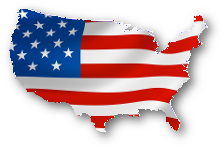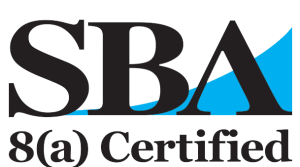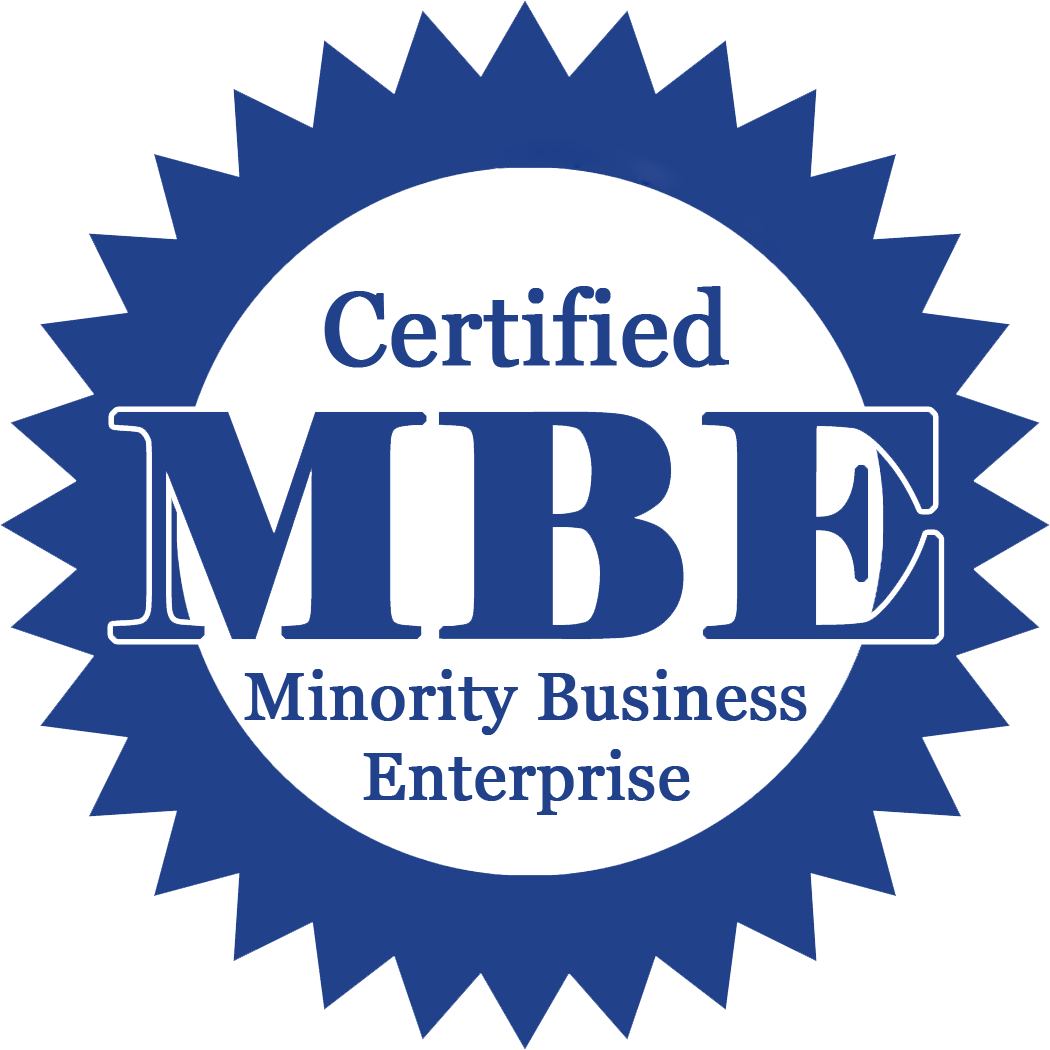
This taken from the FCC:
Antenna Tower Lighting and Marking Requirements
- The FCC has been given the authority by Congress to require the painting and/or illumination of antenna towers when it determines that such towers may otherwise constitute a menace to air navigation. 47 U.S.C. § 303(q). The FCC's rules governing antenna tower lighting and painting requirements are based upon the advisory recommendations of the FAA, which are set forth in two FAA Advisory Circulars. 47 CFR §§ 17.21-17.58. Although the FAA's lighting and painting standards are advisory in nature, the FCC's rules make the standards mandatory. The standards and specifications set forth in these FAA documents are incorporated by reference into the FCC's rules, making these advisory standards mandatory for antenna towers.
- The FCC always requires an FAA determination that an antenna tower will not pose an aviation hazard before it will grant permission to build that antenna tower. Information required on the FCC construction permit form advises the FCC staff as to whether such a tower location or height is involved. The FAA's determination takes into consideration the location and height of the proposed tower, and its safety lighting and marking.
- Each new or altered antenna tower structure registered must conform to the FAA's painting and lighting recommendations set forth on the structure's FAA determination of "no hazard," and must be cleared with the FAA and filed with the FCC. If the FAA determines that the tower would be a physical hazard, the FCC will not approve the construction permit application. (When, however, the FAA determines that there is an aviation hazard due to possible radiofrequency interference with aviation communication signals, the FCC makes an independent analysis of who will be responsible for resolving possible conflicts, and may not automatically defer to the FAA determination as to what party should bear the cost of any needed equipment changes.)
- The FAA advisory circulars set forth detailed specifications for lighting and painting. If, however, the FAA's standards allow more than one lighting or painting option for a particular structure, the person seeking FAA clearance for a tower may indicate on FAA Form 7460-1m which of the specified types of marking and lighting systems is desired. With respect to telecommunications towers, the most common option approved by the FAA is the substitution of white flashing lights for a combination of red lights and painting. Any preferences or requests for deviation from standards must be submitted to the FAA regional office which services the area where the structure would be located. The FAA regional office conducts an aeronautical study of the safety of the structure and will consider the proposed deviations or preferences in conducting its study. The FAA considers any preferences or requests for deviation from its standards as part of its aeronautical study.
- Where the FAA approves the substitution of high intensity white lights for a combination of red lights and painting, and the antenna tower is located in a residential neighborhood, the Commission requires the applicant to prepare an environmental assessment. 47 CFR § 1.1307(a)(8). The Commission, upon review of the environmental assessment, may determine that the proposed substitution of high intensity white lights would not have a significant impact, and may process the application without further review. 47 CFR § 1.1308(d). If, however, based upon a review of the environmental assessment, the Commission determines that the proposed high intensity lights would have a significant environmental impact upon the human environment, the Commission will inform the applicant. The applicant will have the opportunity to amend its application to eliminate the environmental problem. If the problem is not eliminated, the Commission will publish in the Federal Register a Notice of Intent that an Environmental Impact Statement be prepared. 47 CFR § 1.1308(c). The Commission may, to assist in the preparation of an Environmental Impact Statement, request further information from the applicant, interested persons and other agencies or authorities. The Commission may also direct that objections to the proposed lighting be raised with the appropriate state or local authorities. 47 CFR § 1.1314(d).
- As part of the its aeronautical study, the FAA may, if it considers it necessary, solicit comments from or convene a meeting of all interested persons for the purpose of gathering all facts relevant to the effect of the proposed construction on the safe and efficient utilization of the navigable airspace. See 14 CFR §§ 77.35, 77.41-77.69. The FAA regional office forwards its recommendation to FAA headquarters in Washington for final approval. The final FAA determination also must be submitted to the FCC with any antenna construction permit application that requires FAA notification. These structures will be subject to inspection and enforcement of marking and lighting requirements by the FCC.
- Although there is no absolute height limit for antenna towers, both agencies have established a rebuttable presumption against structures over 2,000 feet above ground level. The FCC has a policy that applications filed with the FCC for antenna towers higher than 2,000 feet above ground will be presumed to be inconsistent with the public interest and the applicant will have a burden of overcoming that strong presumption. The applicant must accompany its application with a detailed showing directed to meeting this burden. Only in the exceptional case, where the Commission concludes that a clear and compelling showing has been made that there are public interest reasons requiring a tower higher than 2,000 feet above ground, and after the parties have complied with applicable FAA procedures, and full Commission coordination with FAA on the question of menace to air navigation, will a grant be made. See 47 CFR § 1.61 Note.
- The FAA presumption against construction of structures over a certain height is set forth in the FAA rules. A proposed structure or an alteration to an existing structure that exceeds 2,000 feet in height above the ground will be presumed to be a hazard to air navigation and to result in an inefficient utilization of airspace and the applicant has the burden of overcoming that presumption. Each notice submitted under the FAA rules proposing a structure in excess of 2,000 feet above ground must contain a detailed showing, directed to meeting this burden. Only in exceptional cases, where the FAA concludes that a clear and compelling showing has been made that it would not result in an inefficient utilization of the airspace and would not result in a hazard to air navigation, will a determination of no hazard be issued. See 14 CFR § 77.17(c).
Antenna Tower Lighting and Marking Links
- FCC Antenna Tower Lighting and Marking Requirements
- 47 CFR Part 17 - Construction, Marking and Lighting of Antenna Structures
- FAA Advisory Circular AC 70/7460-1K - Appendix 1 has illustrations of various obstruction painting and lighting patterns.
- FCC TOWAIR Determination - Calculator for determining if a structure at a particular location must be registered.













